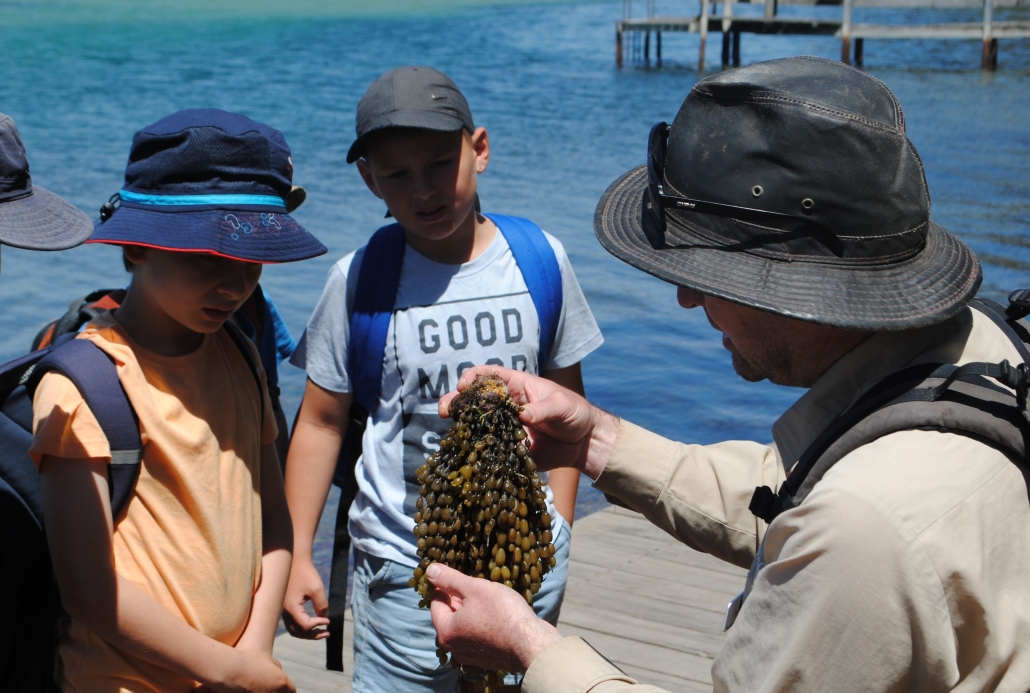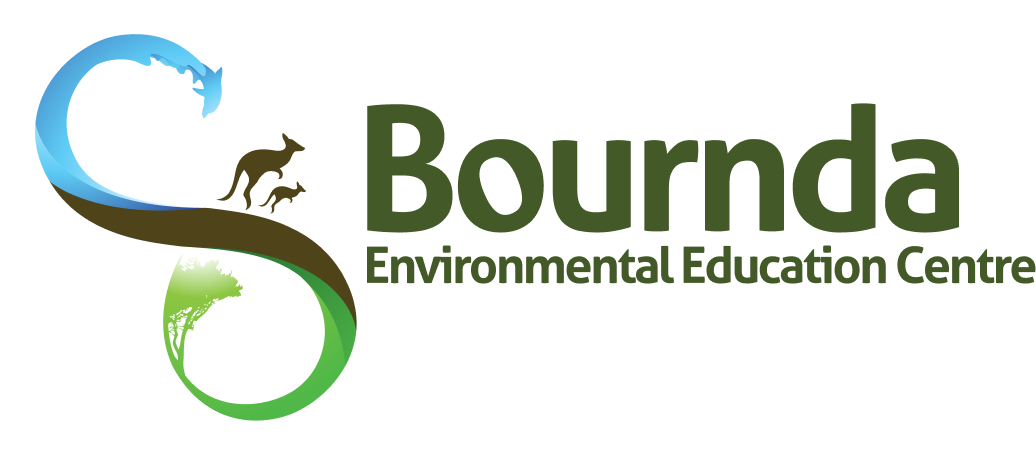Stage 3 – Science – Our Living World

Program Overview
This Stage 3 program is designed to allow students the opportunity to observe the fascinating creatures of the rock platform. This program can be delivered at Bournda or at a selected rocky shore location close to your school. Students examine the structural features and adaptations that different species possess that allow them to survive in an intertidal environment. The students experience firsthand the physical conditions of the site and learn how this impacts on the growth and survival of the tide pool inhabitants. Additional activities focusing on animal adaptations are available to compliment the learning in this program.
Key Questions
How do physical conditions affect the survival of living things?
How do the structural and behavioural features of living things support survival?
Learning Experiences
Adaptations at the rocky shore:
Students work in groups and employ scientific methods to survey and collect living and non-living plants and animals from the rock pools and along the tide line. Bournda staff move between the different groups helping students collect their specimens, monitoring safety aspects and pointing out interesting species and phenomena.
On completion of the collection students assemble together on the beach to discover what interesting species have been found by other students. Students discuss how the physical conditions at the rocky shore (waves, temperature tidal movement and water chemistry) impact on the growth, survival, behaviour and adaptations of the species that live there. Bournda staff help students to complete their adaptations data collection sheets, identify species and explain interesting structural features that each organism employs to survive in the rocky shore environment. All specimens are then released unharmed.
Optional – Animal Adaptations:
Students learn what an adaptation is by constructing animals from different habitats. They are first introduced to the concept that animals are specifically adapted to the habitat they live in. Three environments are then explored; one arctic, one desert and one aquatic. Once the role-play activity has been completed for each environment, the students will have an understanding of adaptations and how they relate to the environments in which the organism lives.
Optional – Birds and their beaks:
Bird beaks is a program where students examine beaks of a variety of different birds and discuss the variation and features of each specimen. Students need to try and determine what type of diet each bird would eat based on the structural features of the beak. The different types of birds are then discussed and ID photos examined.
Preparing for an Excursion
Post-visit material
Syllabus Outcomes
Science and technology K-6:
ST3-4LW-S
A student examines how the environment affects the growth, survival and adaptation of living things.
ST3-1WS-S
A student plans and conducts scientific investigations to answer testable questions, and collects and summarises data to communicate conclusions.
Science Content
Growth and survival of living things
Students:
- describe how changing physical conditions in the environment affect the growth and survival of living things
Adaptations of living things
Students:
- describe adaptations as existing structures or behaviours that enable living things to survive in their environment
- describe the structural and / or behavioural features of some native Australian animals and plants and why they are considered to be adaptations
Differentiation adjustments for High Potential and Gifted students
Authenticity – Students can take photos of living things found in rock pools and along the tide line to add to iNaturalist, and become part of a citizen science movement that assists scientists worldwide.
Complexity – What if the physical conditions changed at the rocky shore? How might climate change have an impact on the creatures of the rocky shore?
Challenge – Students are provided with opportunities to learn advanced level content through engagement with a Marine Biologist. Individual discussions with students are consistently catered to individual interests and learning needs.
